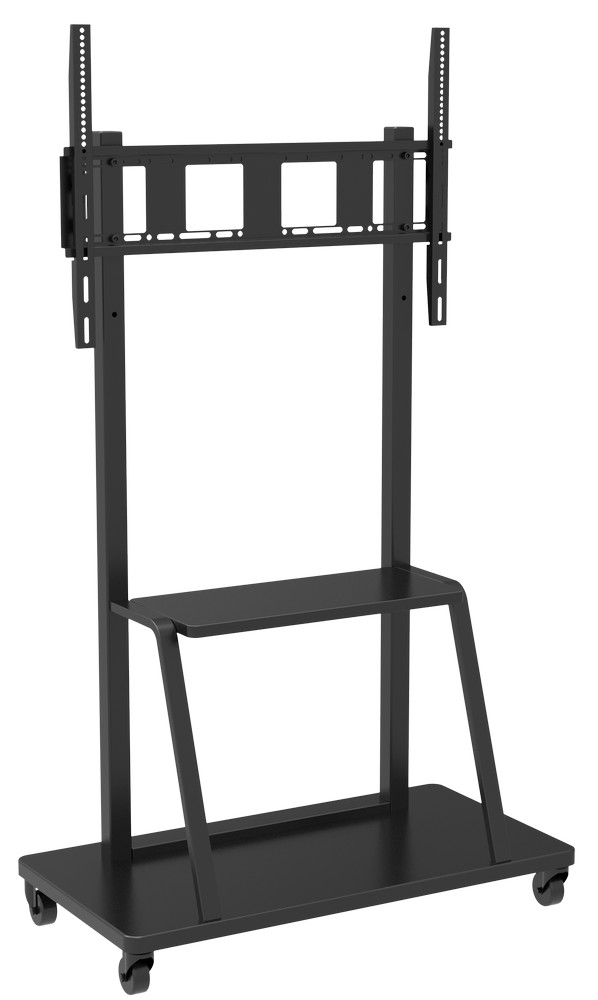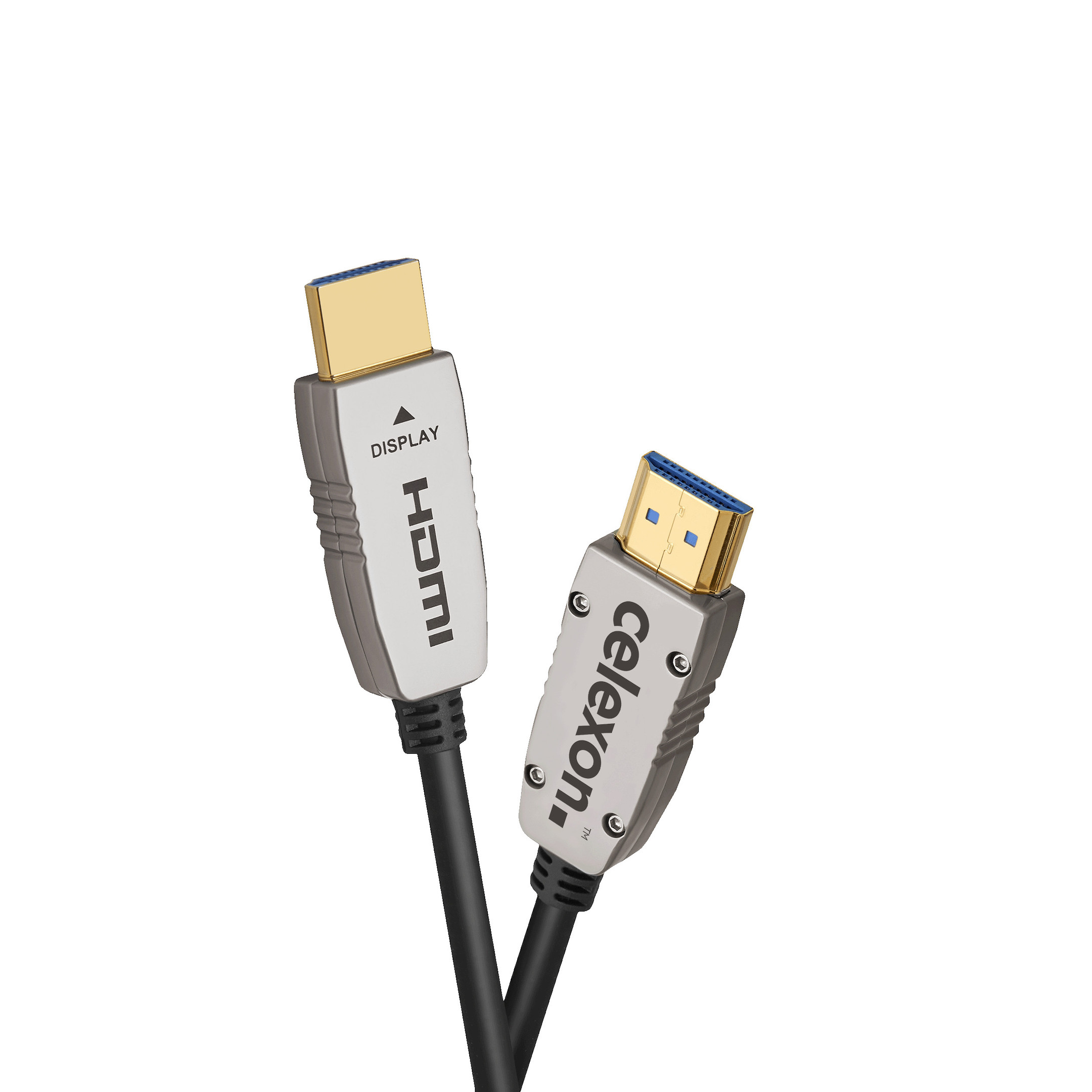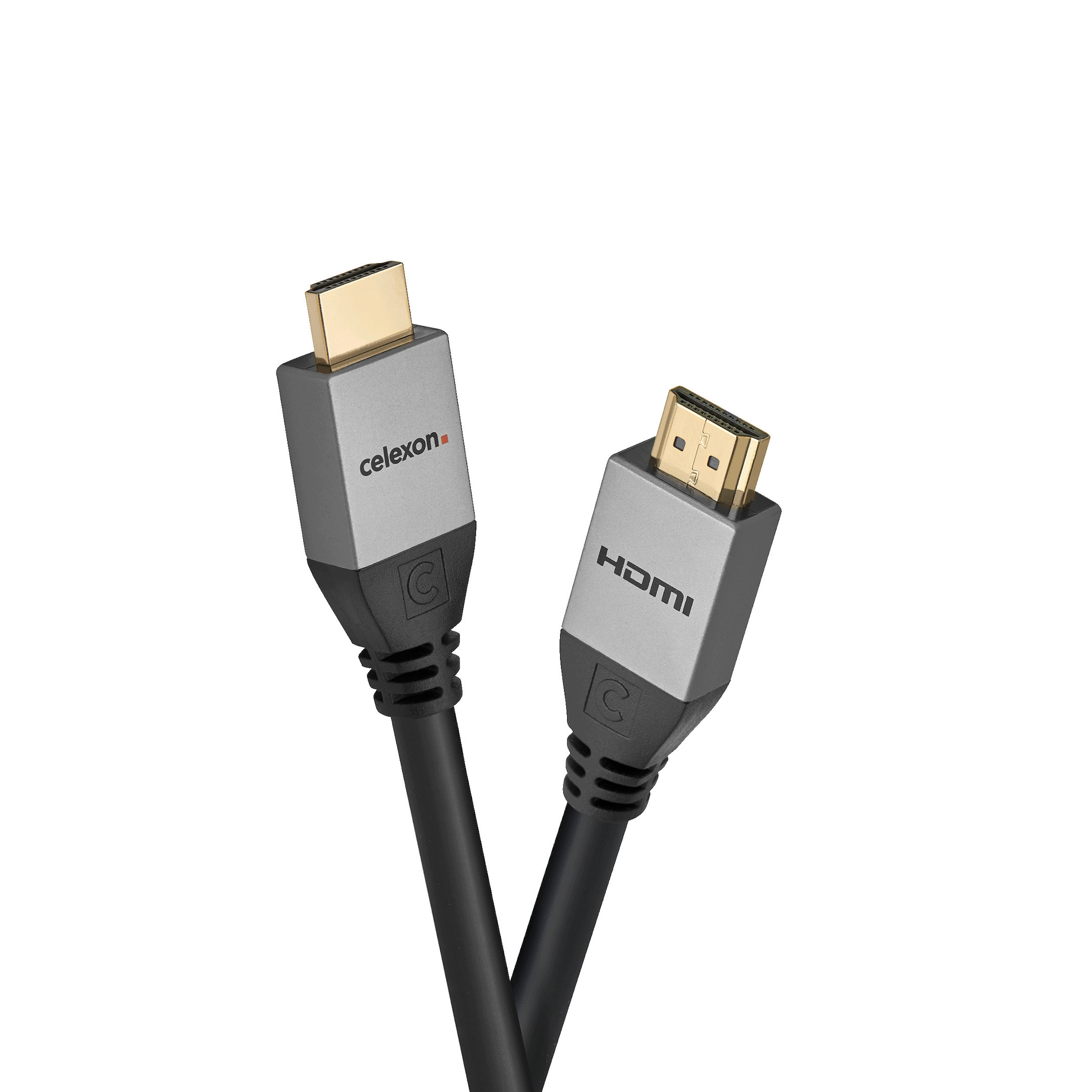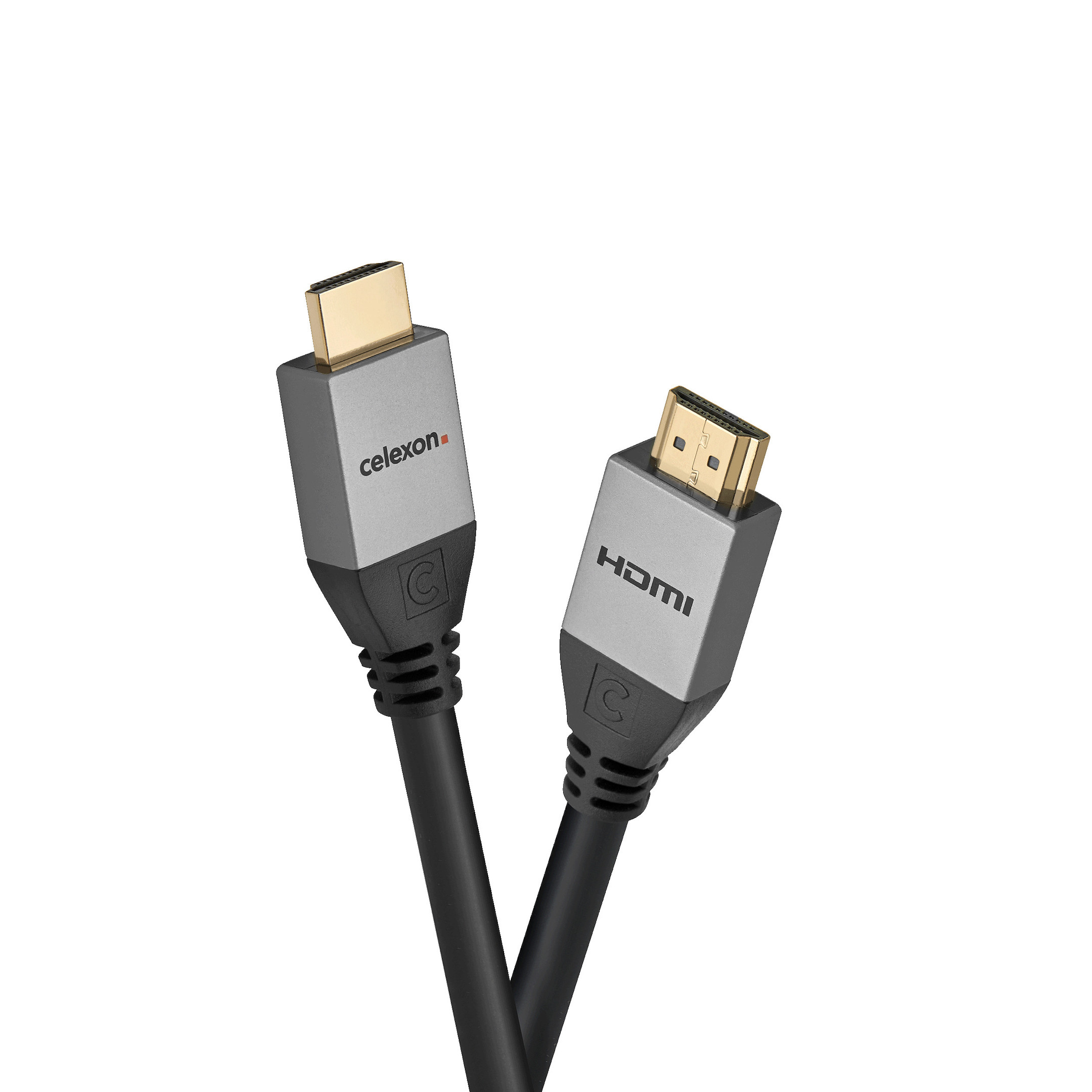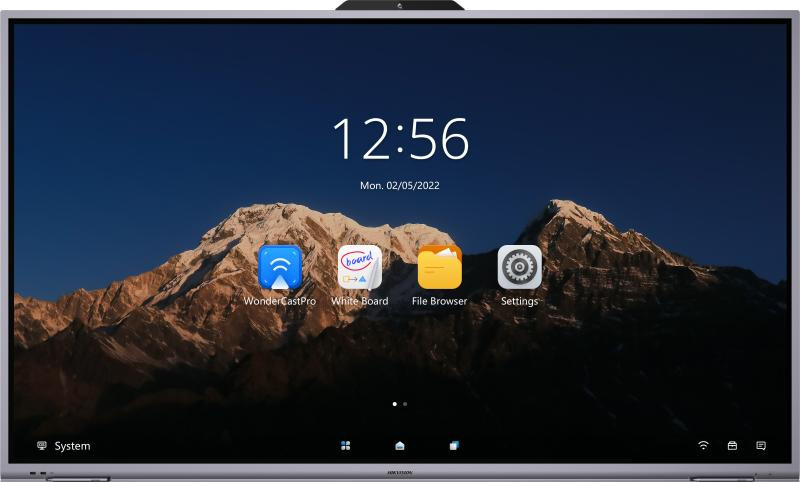

£3,476.40*
Prices incl. VAT.
Expected in 15-21 working days
Shipping from £45.99 Product number: 1000029805
- Resolution 3840 x 2160 4K UHD
- Max. Brightness 350 cd/m²
- Panel type LCD
- Contrast Ratio 5,000 :1
A G
G Energy efficiency class
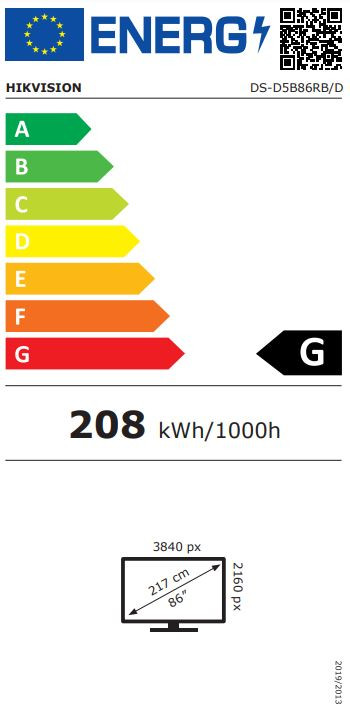


visunext Services
Frequently purchased together
Product information
The conference flat panel integrates functions of computers, projectors, interactive whiteboards, sound boxes, cameras (optional), Bluetooth remote controls (optional), HDTVs, advertising machines and so on. The device integrates technologies such as 4K display, infrared touch, human-machine interaction, multimedia information processing and network transmission. Multimedia information processing and network transmission, and provides users with various functions such as writing, The conference flat panel is mainly used for remote video conferences, training and consultations, medical consultations and other events in offices, meeting rooms, multi-media classrooms, exhibition halls and so on.
- Ultra HD display with up to 3840 × 2160 resolution of input signal available.
- 20px ultra-fine font, and 2mm diameter recognisable with the precision of 1mm.
- Built-in Wi-Fi projection without cable connection.
- Built-in interactive whiteboard system allows annotation and sharing via QR code.
- Sliding display available.
- Various audio and video interfaces for device access.
- Built-in network switch chip saves a network switch.
- Built-in Android system offers a variety of applications.
- Compatible with OPS/OPS-C devices, allowing smooth switching between integrated systems.
- Ultra-thin design with aluminium profile frame.
Technical data
| Name | Hikvision DS-D5B65RB/D 86" Touch display |
|---|---|
| Article number | 1000029805 |
| GTIN/EAN | 6931847187804 |
| Manufacturer SKU | DS-D5B86RB/D |
| EPREL ID | 1406406 |
| Model name | DS-D5B65RB/D |
| Brand | Hikvision |
| Product Type | Touch display |
| Technology | LCD |
| Panel type | LCD |
| backlight | Direct-LED |
| Resolution | 3840 x 2160 4K UHD |
| Diagonal | 86" |
| Aspect Ratio | 16:9 |
| Viewing angle - Horizontal | 178° |
| Viewing angle - Vertical | 178° |
| Contrast Ratio | 5,000 :1 |
| Screen finish | Matt |
| Max. Brightness | 350 cd/m² |
| run-time | 18/7 |
| Response time | 6ms |
| Refresh Rate | 60Hz |
| Haze Level | 25% |
| Inputs | 1x Ethernet , 1x RS232 , 1x USB-B , 1x USB-C , 2x HDMI , 4x USB-A |
| Outputs | 1x HDMI |
| Features | Integrated speaker , Touch screen |
| Product width | 196.3 cm |
| Product height | 115.9 cm |
| Product depth | 8.75 cm |
| Weight | 65.62 kg |
| Colour | Black |
| EEK Spectrum | A to G |
| Energy efficency class | G |
| Delivery contents | Power cable |
| Condition | New |
| Warranty type | Bringin service Service and support information |
Downloads
Product safety
| Person responsible for the EU |
|---|
| Hikvision Deutschland GmbH |
| Wilhelm-Fay-Straße 32 b |
| 65936 Frankfurt am Main |
| Germany |
| prglobal@hikvision.com |




